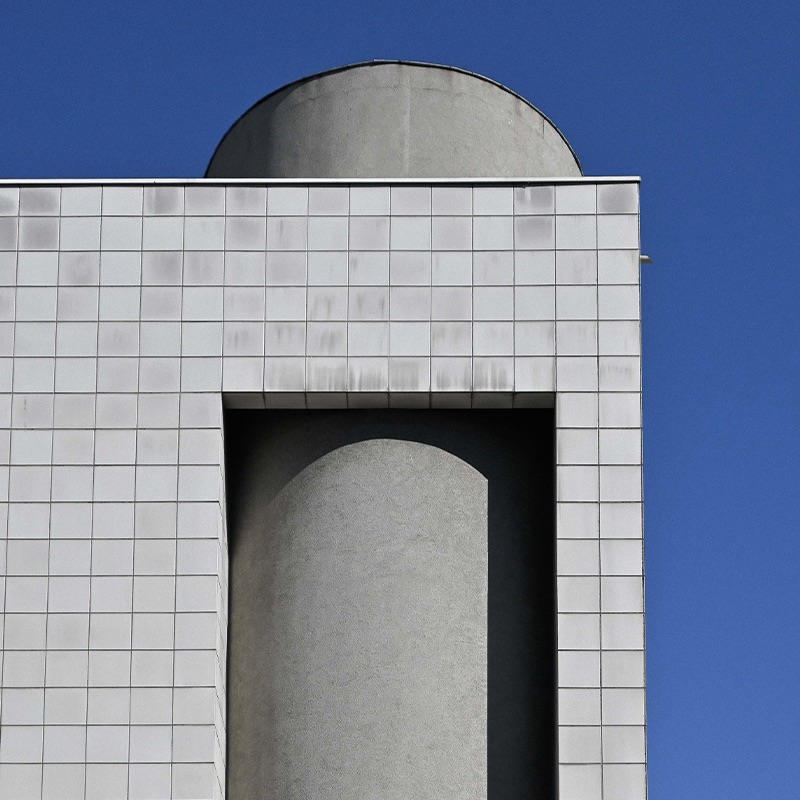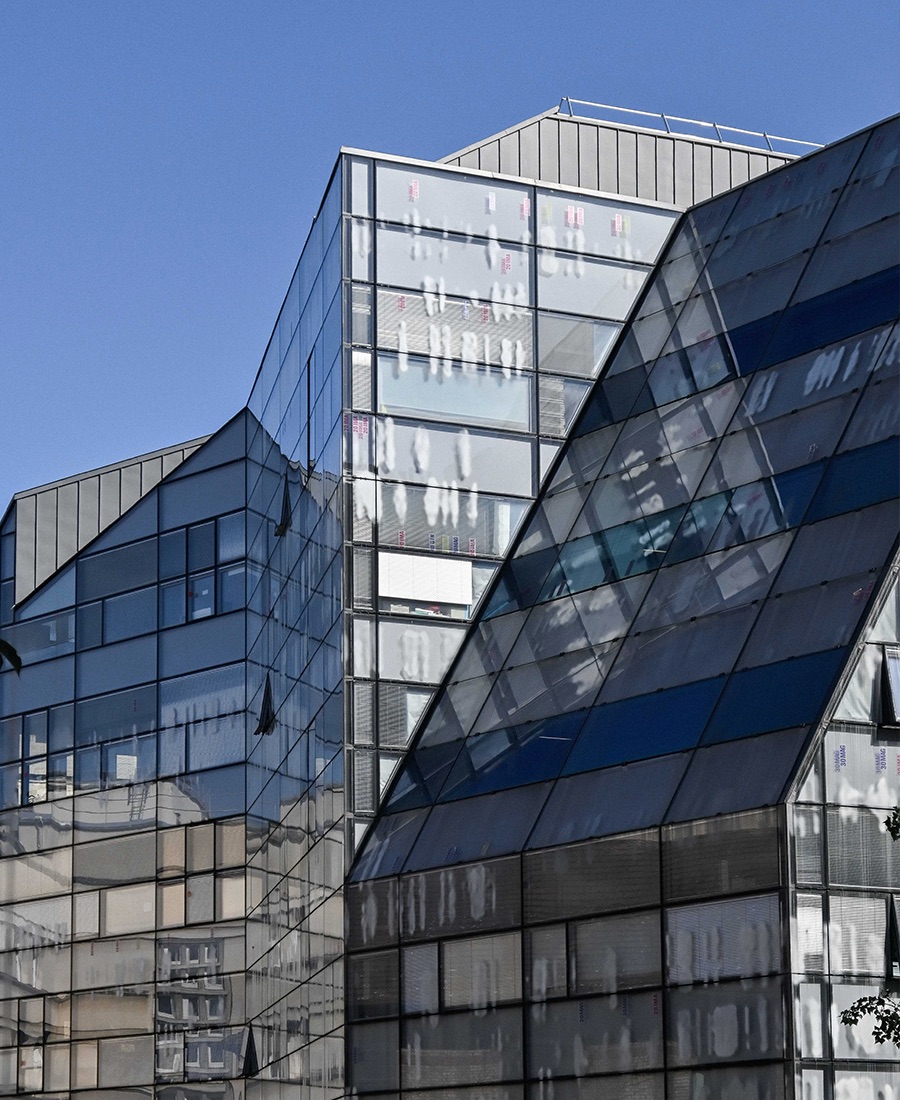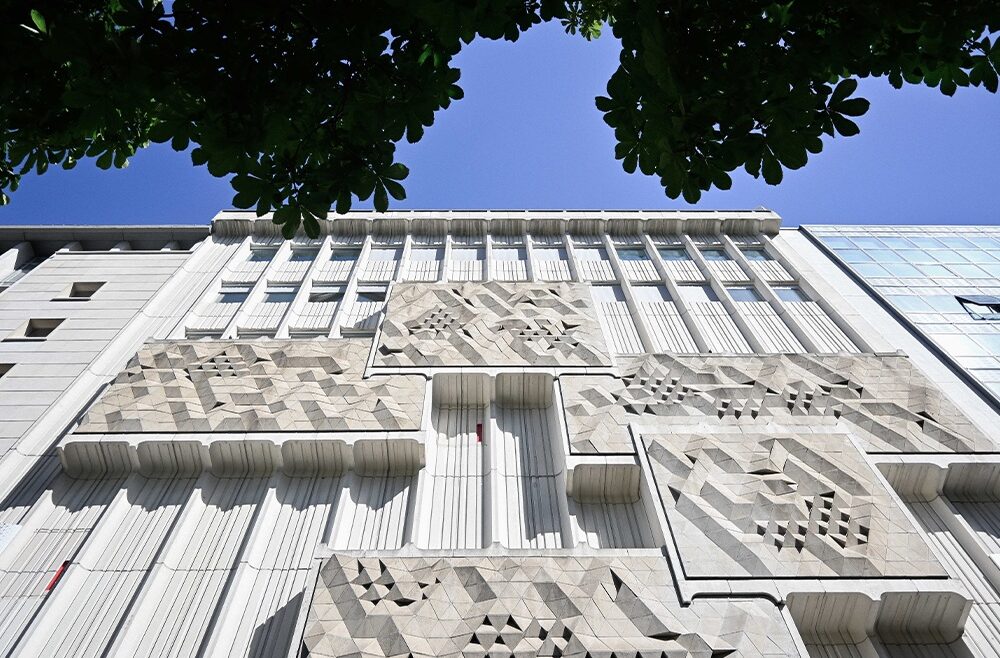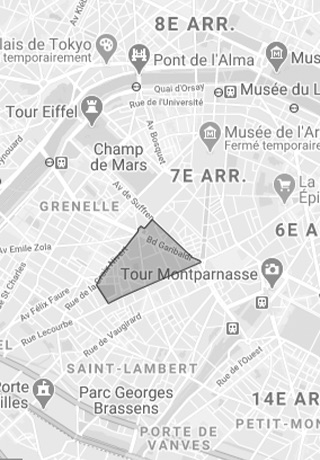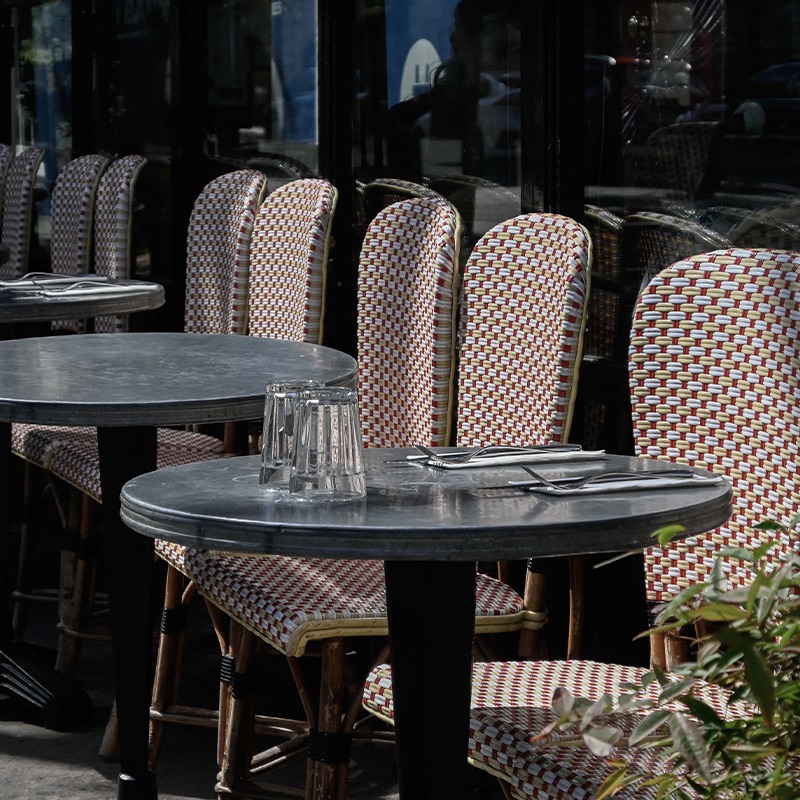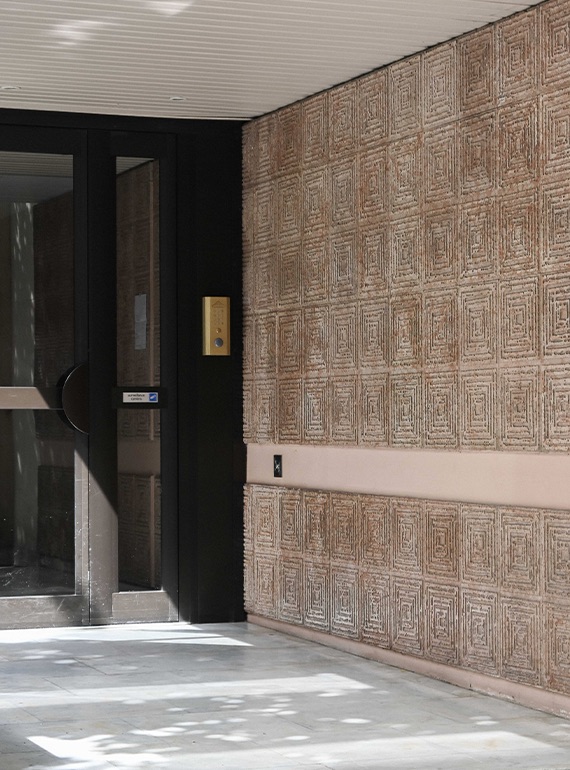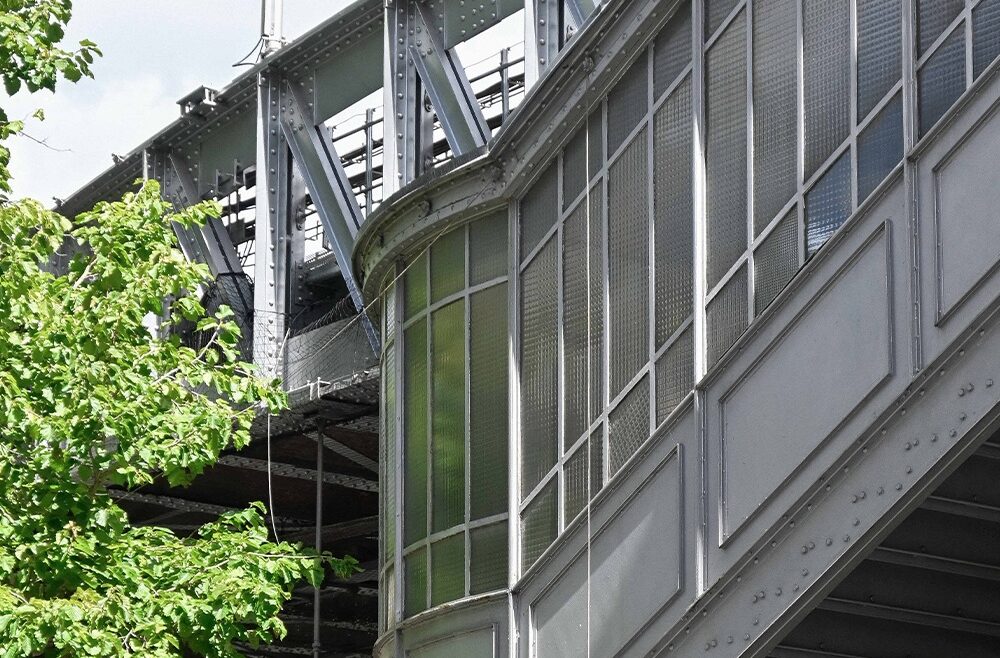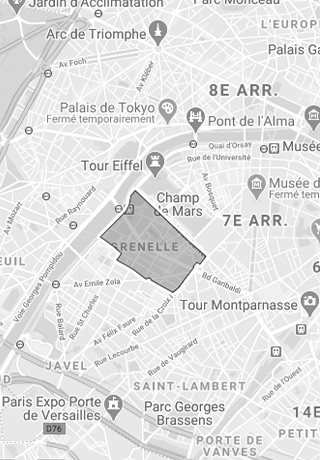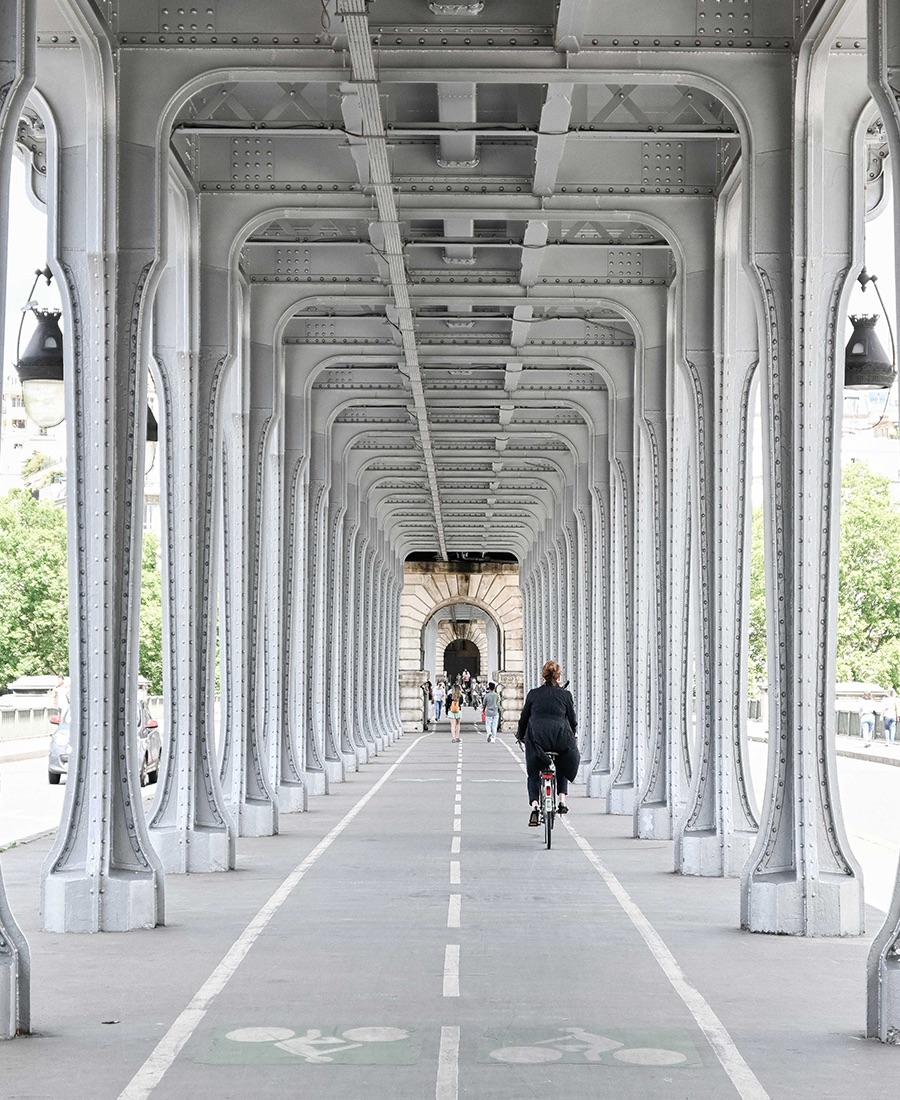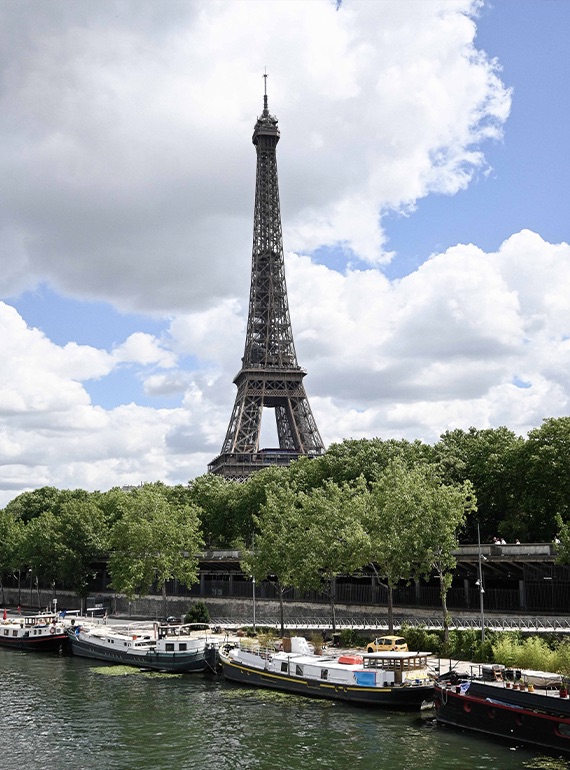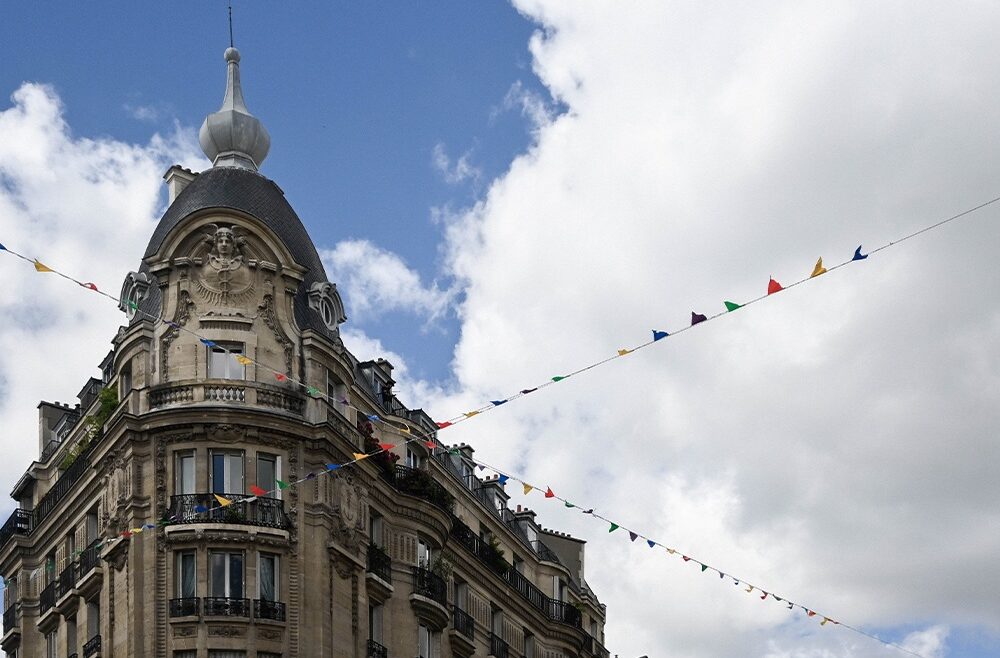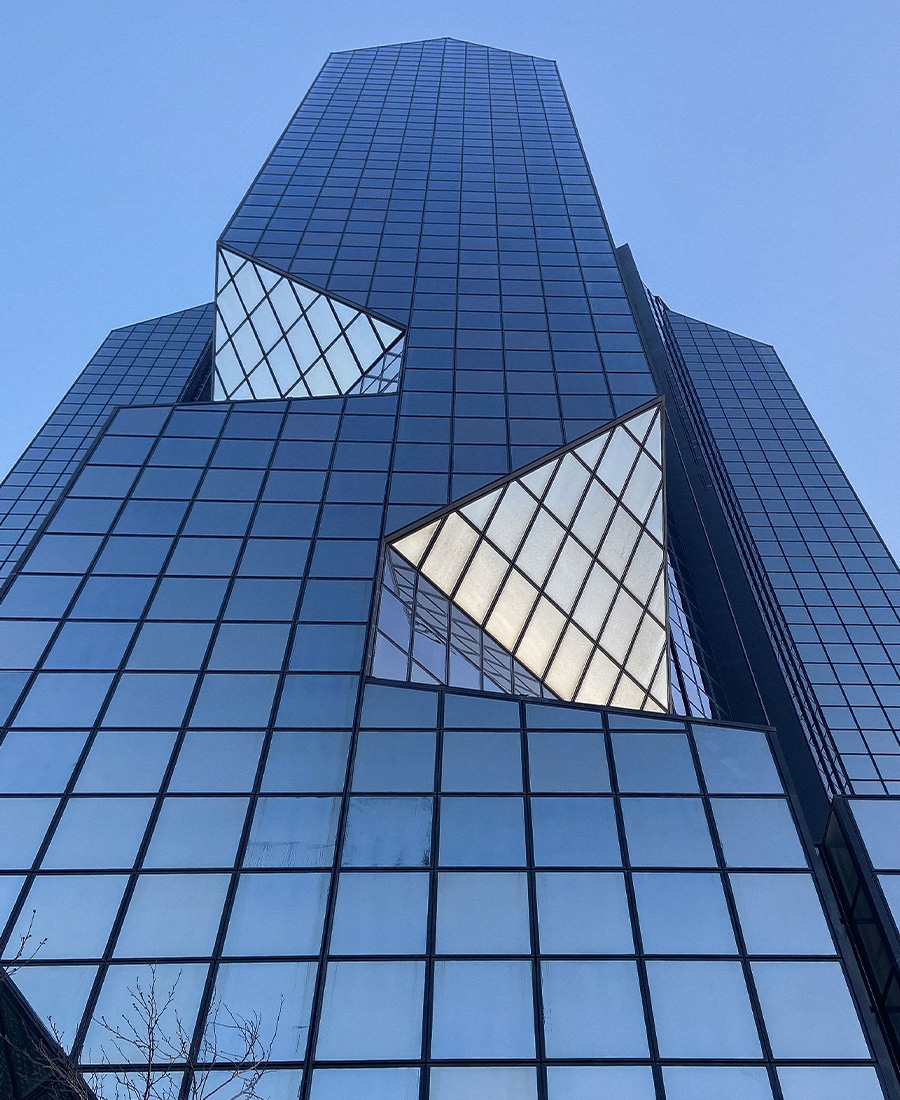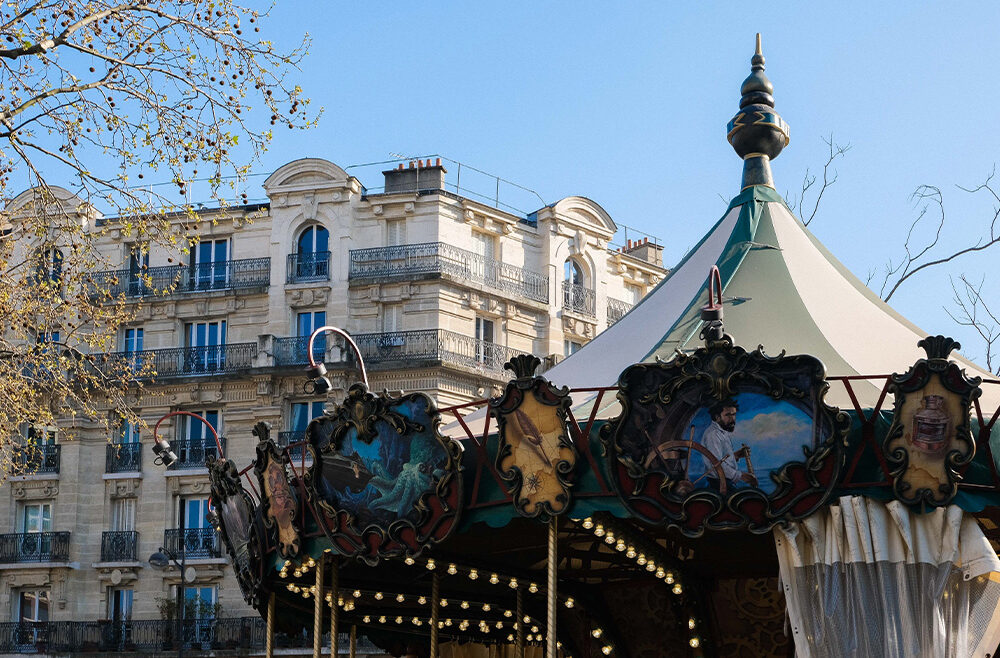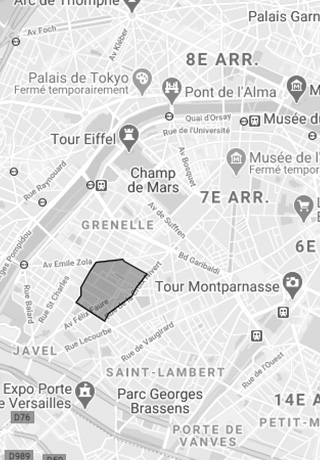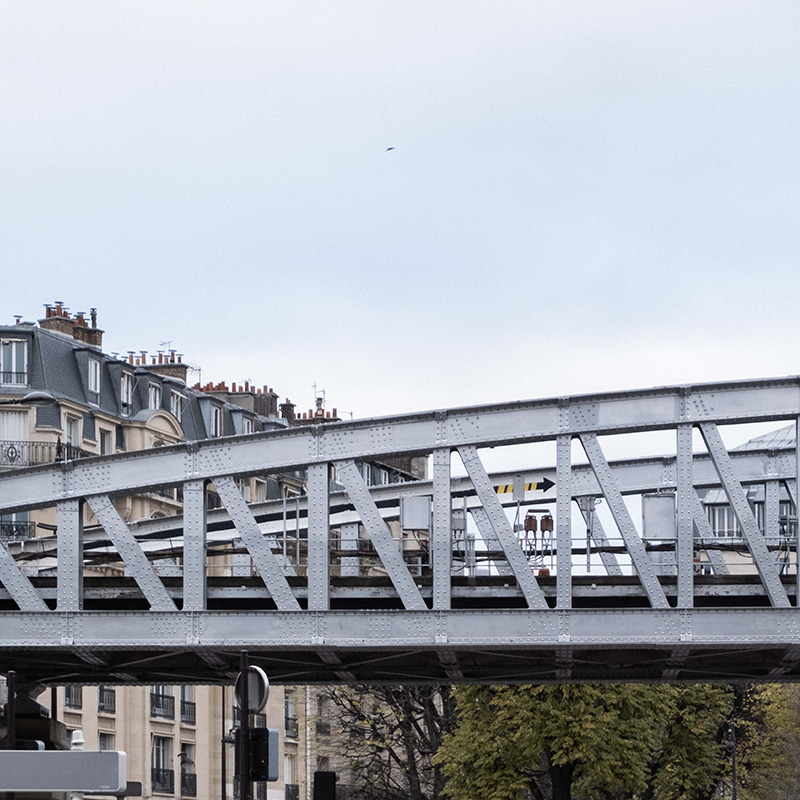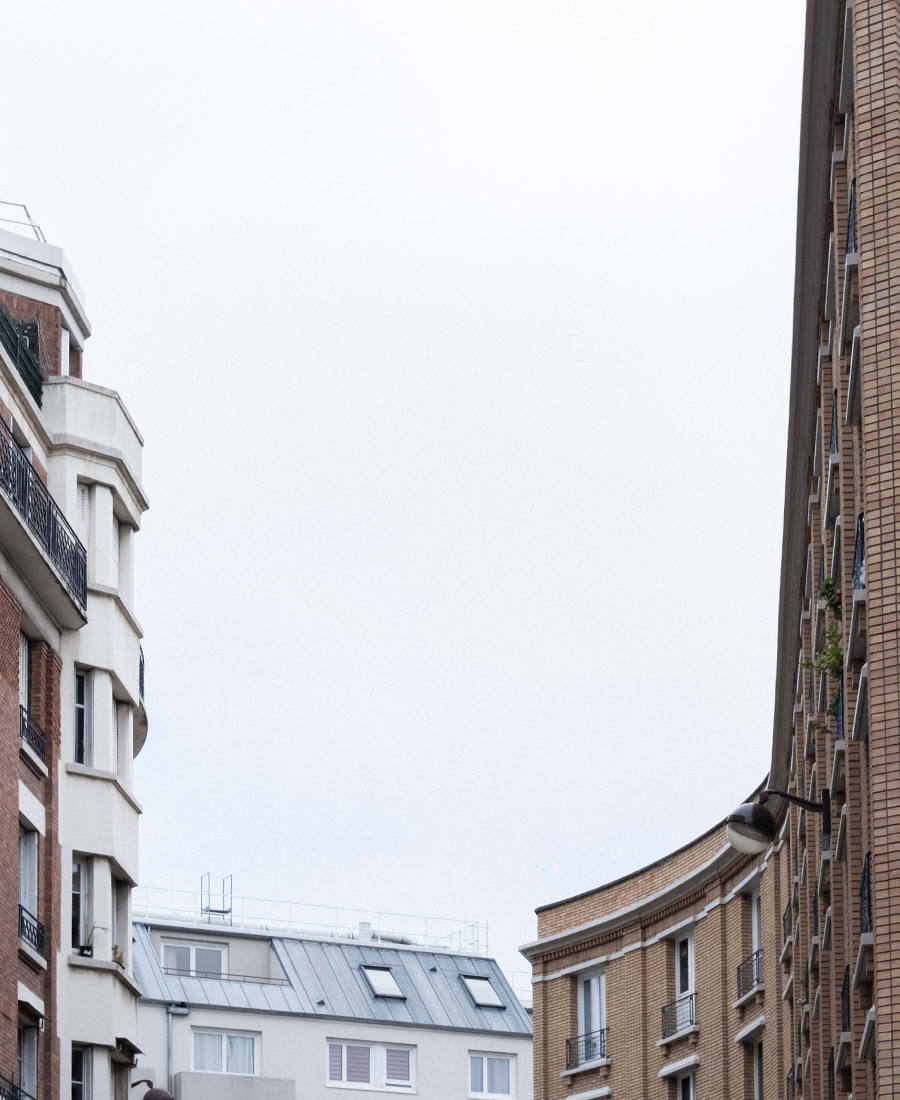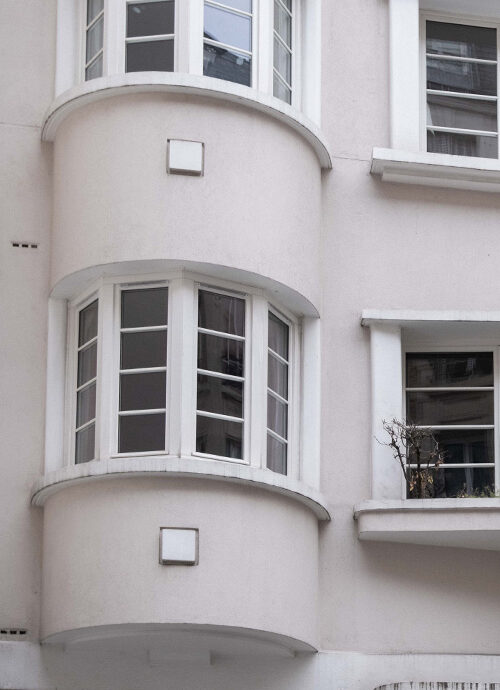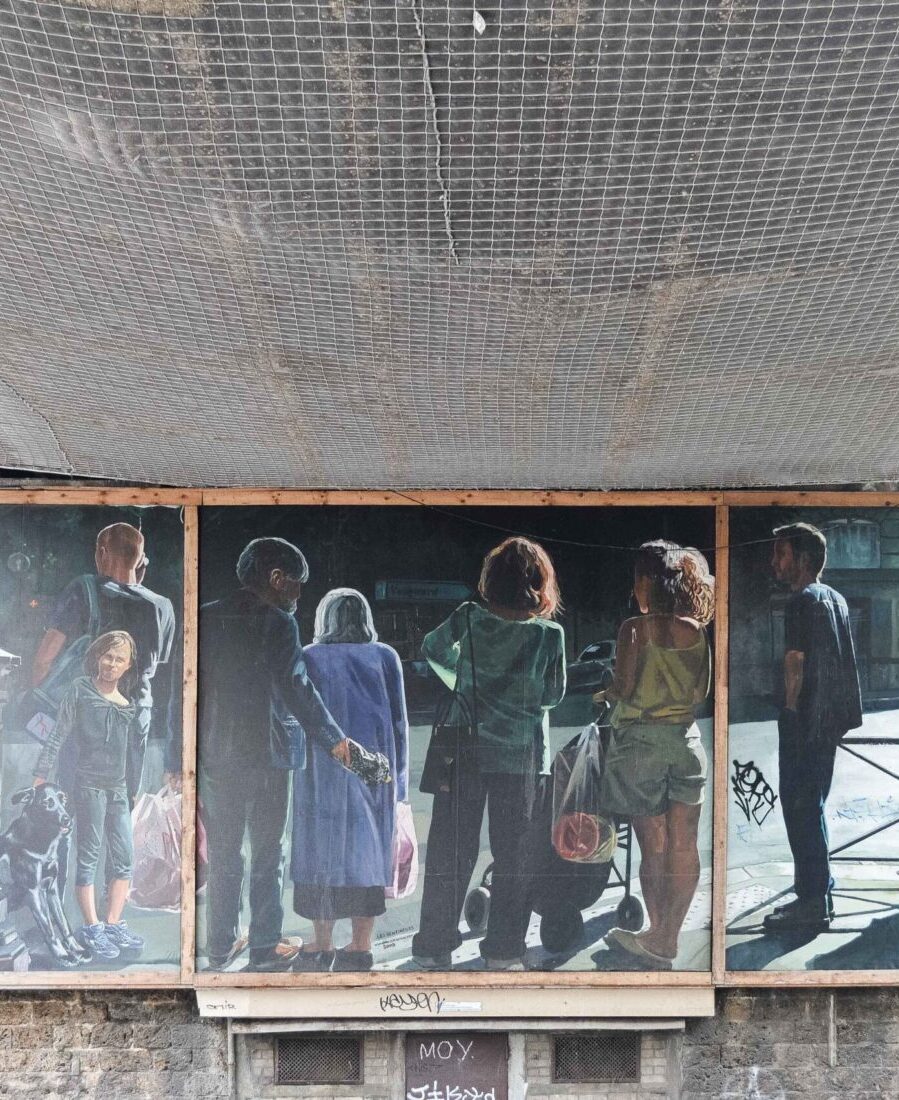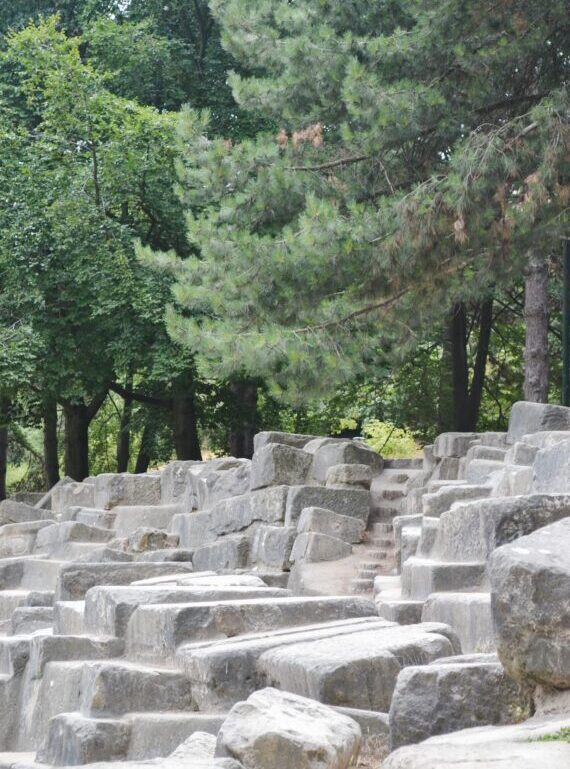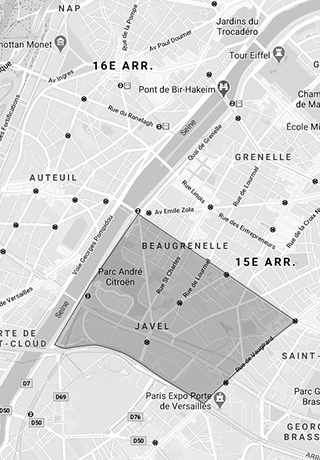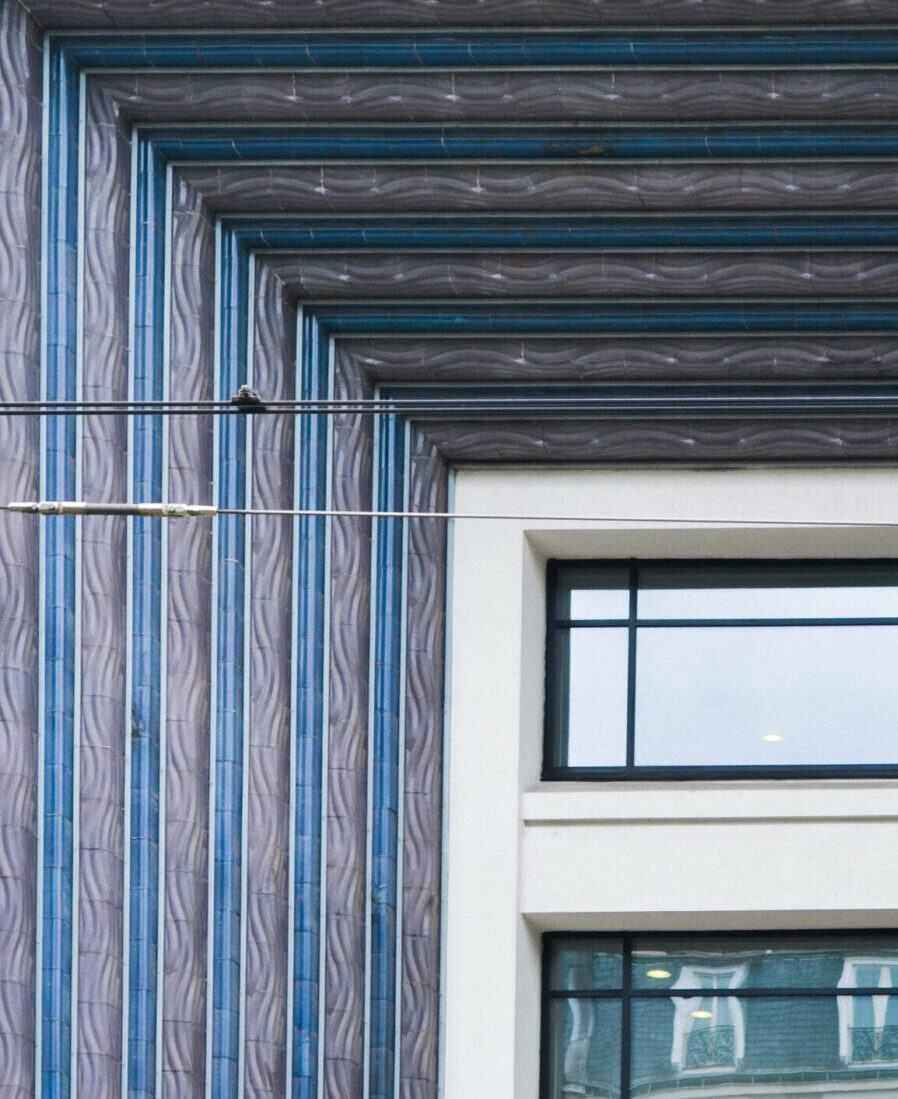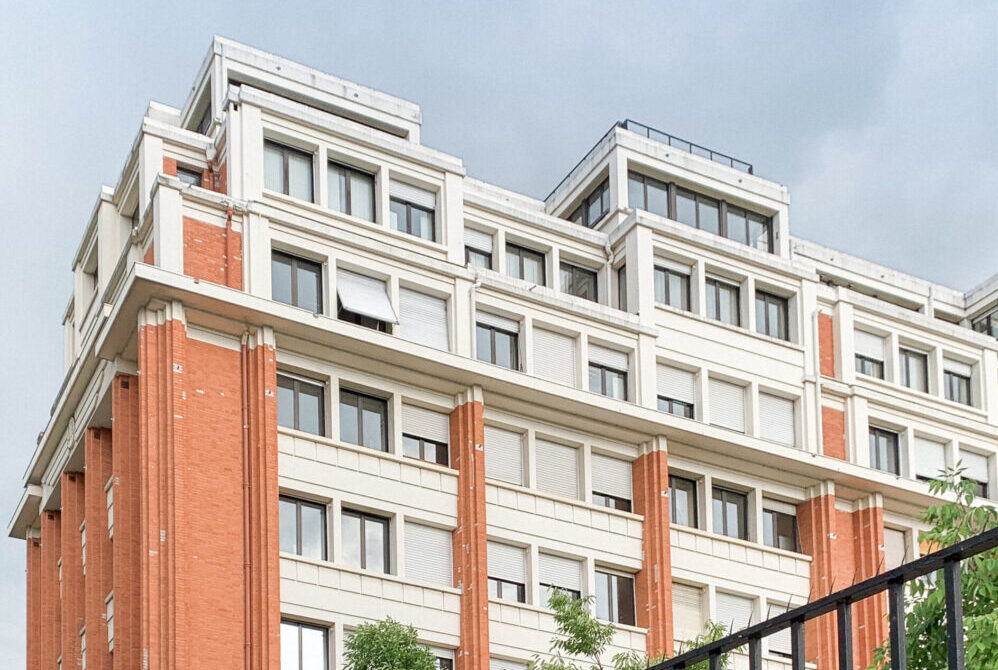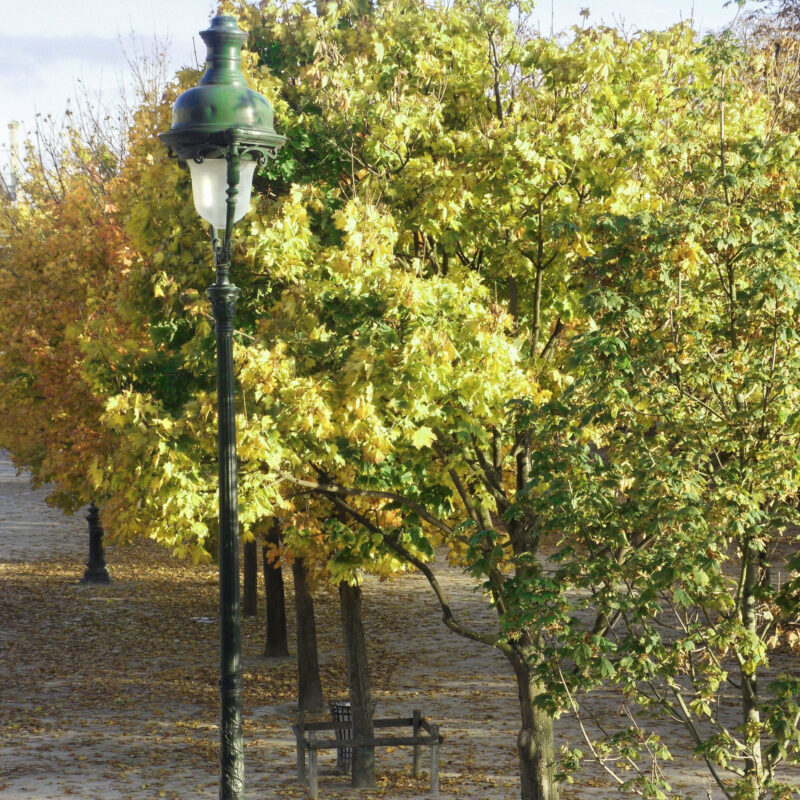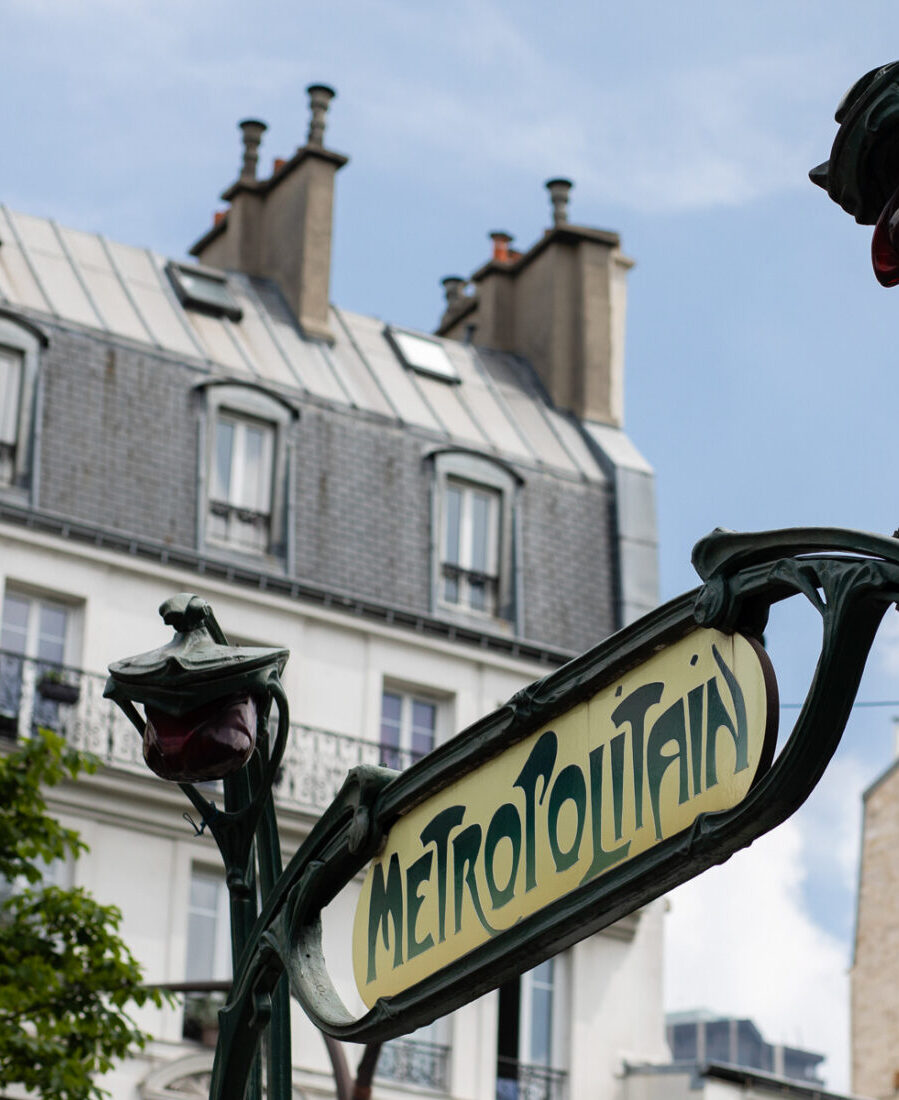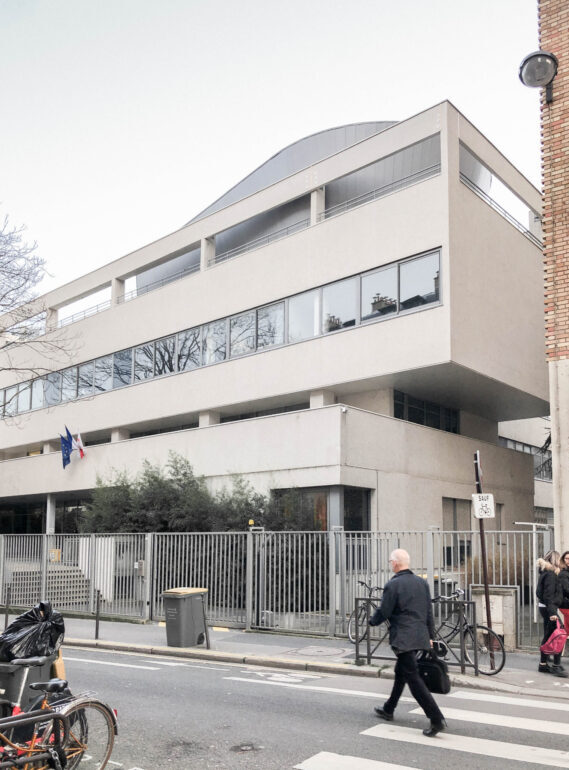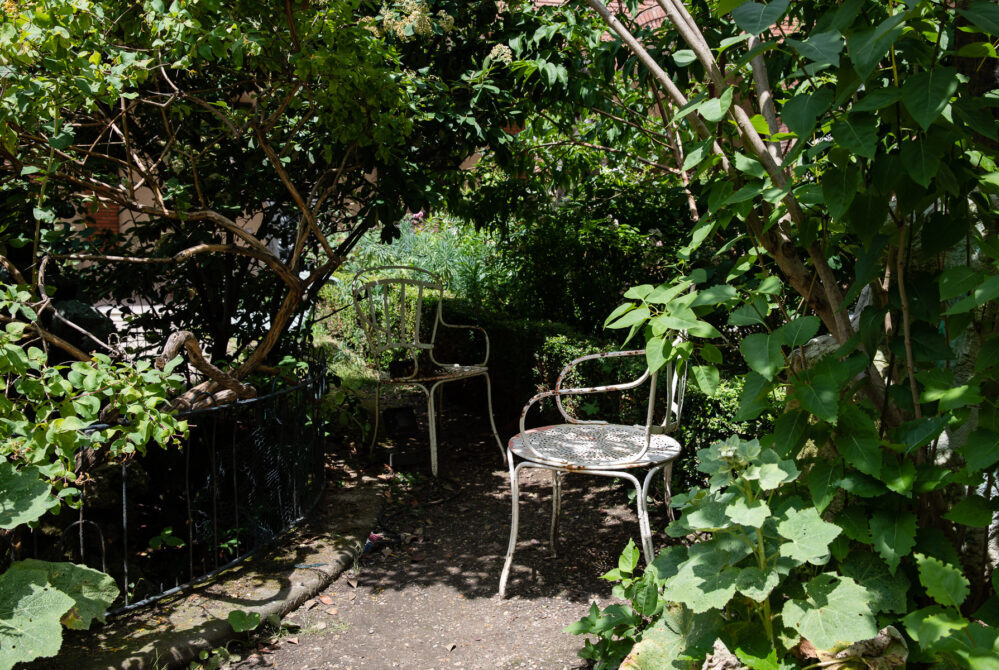PASTEUR

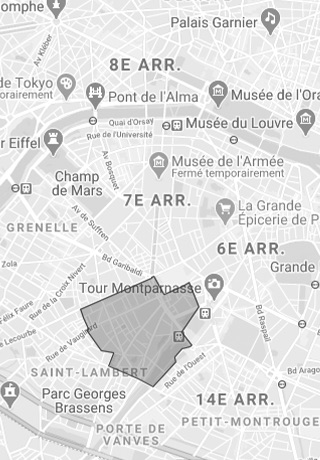
Lively and urban, Pasteur is a district in perpetual motion, animated by its many brasseries, restaurants and shops.
Along its vegetated boulevards, the district is constantly reinventing itself to win over new residents, such as with the complete transformation of the Pasteur museum, or the height gain from the Montparnasse tower culminating at 209 meters and offering the most beautiful panorama. all over Paris.
A must-see cultural venue in the district, the Bourdelle Museum, formerly the sculptor’s studio, offers the public exhibition spaces opening onto gardens adorned with the artist’s grandiose sculptures. We are intrigued by Villa M, a huge glass house with a hybrid concept around well-being and nature, the work of the Franco-Brazilian agency Triptyque Architecture, under the artistic direction of Philippe Starck.
A district in full swing, appreciated by these inhabitants for its places of proximity and centers of interest.
